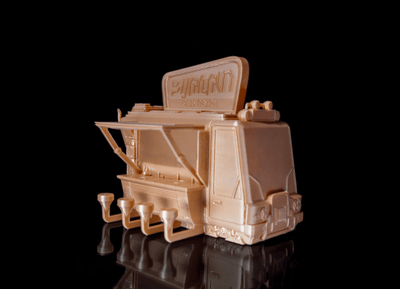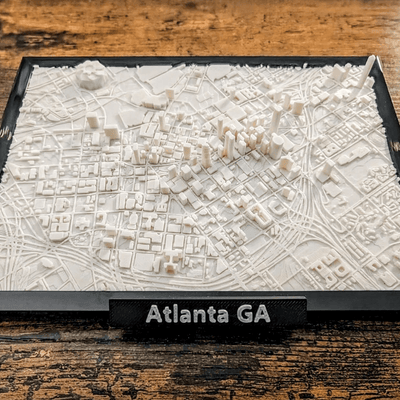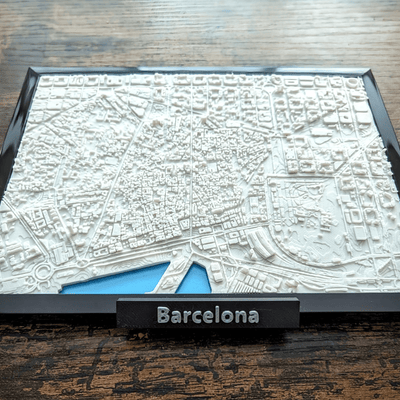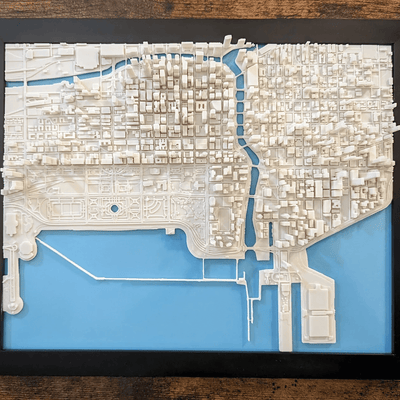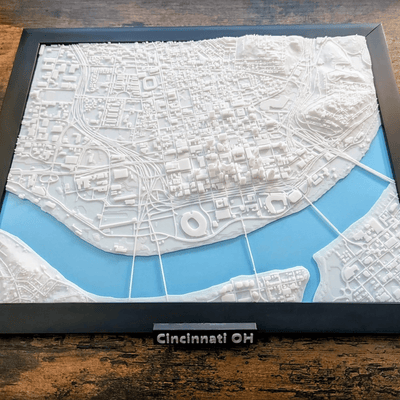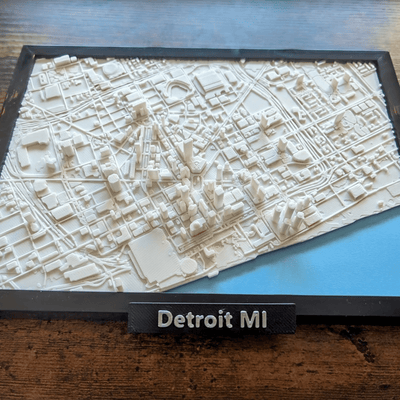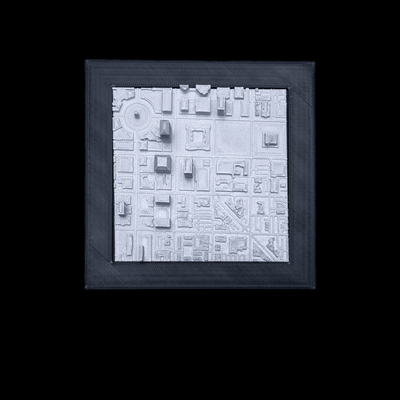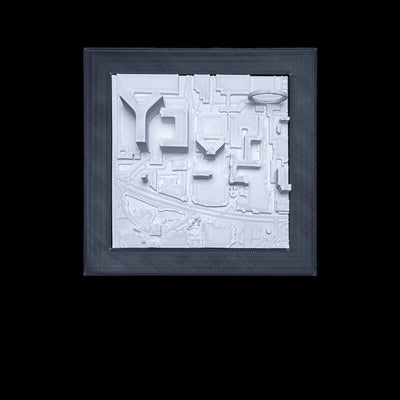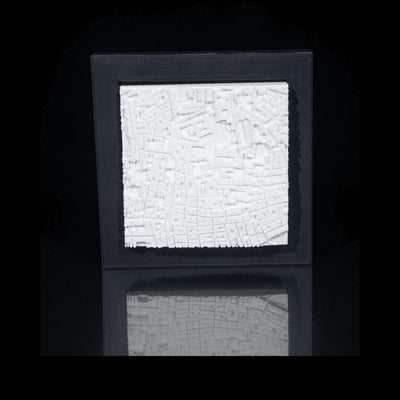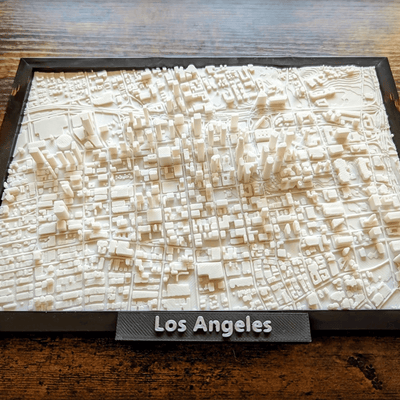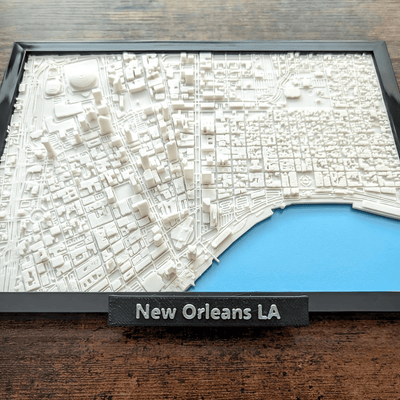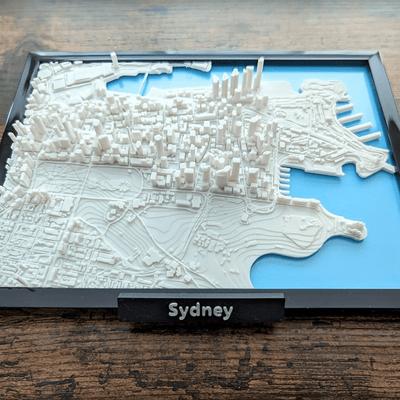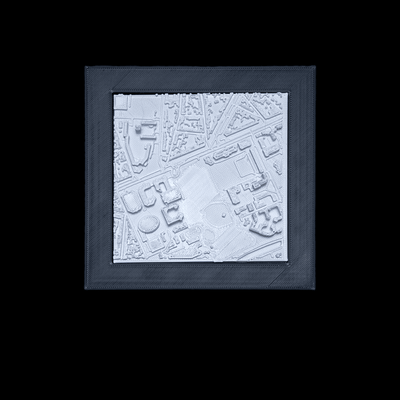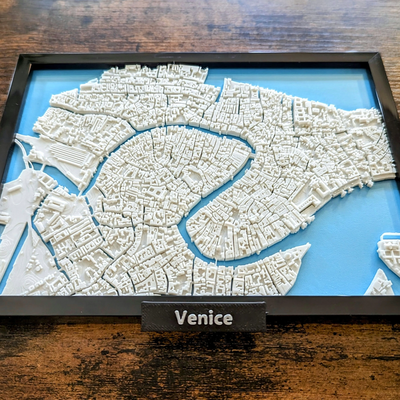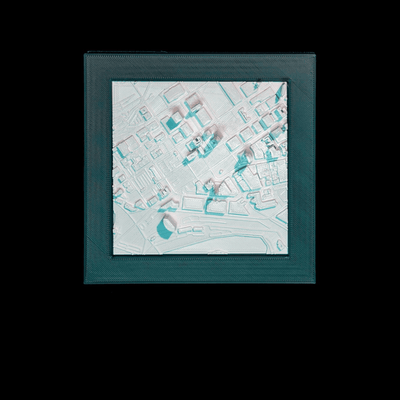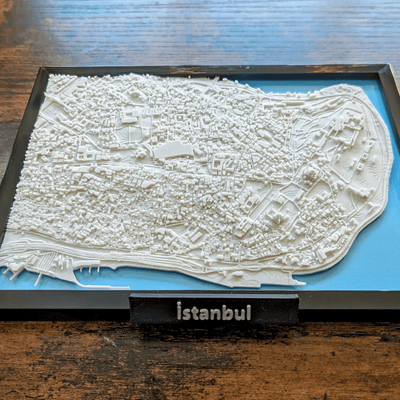>>This is a DIGITAL DOWNLOAD | No product will be shipped | After checkout you will be provided the link to download your files. <<
File Type: STL
3D MODEL DESCRIPTION
Julius Caesar Knife Block | Best 3D Printing STL Models at Sethers
- This STL file is recommended for FDM Printers!
“Et Tu, Brute?”: The Betrayal and Assassination of Julius Caesar
On the morning of March 15th, 44 BC, beneath the marble colonnades of the Theatre of Pompey, one of history’s most pivotal—and haunting—acts of betrayal unfolded. Julius Caesar, Rome’s most powerful man, entered the Senate expecting politics. He found daggers.
Once hailed as the savior of the Republic, Caesar’s final moments would forever be remembered not for what he conquered, but for who betrayed him.
⚔️ The Rise Before the Fall
Gaius Julius Caesar was no ordinary Roman. Born into a patrician family, he was a soldier, orator, writer, and statesman. Through brilliant military campaigns, notably the conquest of Gaul, he amassed power, wealth, and loyalty that outshone even Rome’s most established elites.
By 49 BC, Caesar crossed the Rubicon River—a declaration of war against the Senate—and set Rome on a path to civil conflict. After defeating Pompey the Great and consolidating power, Caesar returned home not as a consul or general, but as Dictator for Life. It was a title as bold as it was blasphemous to the Republican heart.
To the common people, he was a hero—reforming debt, redistributing land, and expanding citizenship. But to many senators, Caesar was a tyrant in the making, dismantling centuries of checks and balances with each decree.
🗡️ The Ides of March
The conspiracy began to form in whispers. Senators, fearing the death of the Republic, plotted to end Caesar’s rule the Roman way—with steel.
The leader of the conspiracy was Gaius Cassius Longinus, a seasoned general. But its moral dagger came from a man much closer to Caesar’s heart: Marcus Junius Brutus—his ally, his friend, and some whisper, perhaps his illegitimate son. Whether those whispers hold truth or not, Caesar’s trust in Brutus was deep and tragic.
On the Ides of March (March 15), Caesar ignored a series of ominous warnings—soothsayers, dreams, even his wife Calpurnia’s pleas. He entered the Theatre of Pompey, where the Senate met temporarily, and took his seat.
What followed was not an assassination. It was an execution—a mob of knives, wielded by over 60 senators. The first blade came from Servilius Casca, striking his neck. The others followed with frenzied precision. Surrounded and bloodied, Caesar tried to resist—but it was Brutus’s blade, historians say, that made him stop.
“Et tu, Brute? Then fall, Caesar.”
With those immortal words—half disbelief, half surrender—Julius Caesar fell beneath the statue of his old rival Pompey, his body riddled with 23 stab wounds.
🏛️ Why the Senators Struck
To understand the betrayal, one must grasp the heart of the Roman Republic. The Senate was terrified that Caesar’s power would snuff out the last embers of Roman democracy. Crowning himself “Dictator Perpetuo” (Dictator in Perpetuity) was, to many, the final straw. Rumors swirled that Caesar sought kingship—a title Rome had despised since the expulsion of its last monarch, Tarquin the Proud.
Brutus and Cassius believed they were liberating Rome, not murdering it. But what they did not foresee was that Caesar’s death would birth something far more absolute than his life ever did: an Empire.
🏛️ Aftermath: The Republic Dies with Caesar
Rather than restore balance, the assassination plunged Rome into chaos. The people, furious and mourning, turned against the conspirators. Mark Antony’s fiery eulogy at Caesar’s funeral stirred riots. Soon, Rome was once again at civil war.
The vacuum left by Caesar’s death was filled by his adopted heir: Gaius Octavius, known to history as Augustus—Rome’s first Emperor. The Republic never recovered. The very act meant to save it hastened its demise.
🏺 Legacy: The Betrayal That Shaped an Empire
Caesar’s assassination is one of history’s most iconic betrayals. His killers claimed to be patriots, but posterity has painted them in shades of treachery. And Brutus? His name, once noble, is now a synonym for the traitor’s kiss.
Caesar himself understood legacy. He wrote his own Commentaries. He knew men would write of his fall. But perhaps he didn’t foresee that his murder would elevate him to martyrdom and make his name eternal.
Shakespeare would later give voice to the tragedy, penning lines that echo through time:
“This was the most unkindest cut of all.”
Indeed, it was.
Final Thought
In the cold Senate chamber that day, Caesar was not killed by his enemies. He was felled by his friends, who saw themselves as Rome’s last hope. They thought they were striking down a dictator. But what they did was awaken an empire.
3D PRINT FILE SETTINGS (FOR 0.4 MM NOZZLE)
- Line Width/ Nozzle: 0.4 mm
- First Layer Line Width: 0.48 mm / 120%
- Recommended Initial Layer Height: 0.2 mm
- Recommended Layer Height: 0.2 mm
- Recommended Perimeters/ Walls: 3.
- Recommended Infill (%): 10% (Gyroid)
The parameters above are recommendations made by our staff; if you prefer, you can adapt them according to your preferences.



















